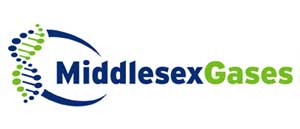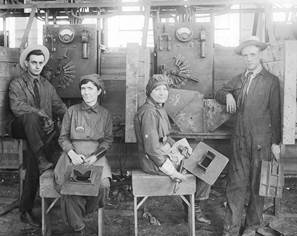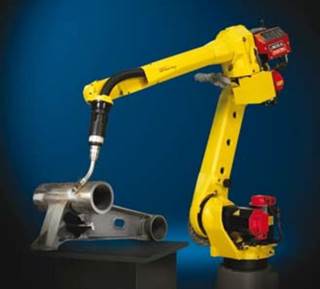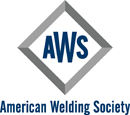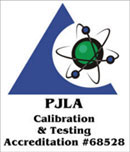Safety Quiz Answer Sheet
Since we know you're just itching to know which answers you got wrong, here's the answer sheet!
1. What is one of three components that makes up the fire triangle needed for combustion to take place?
2. Which of these is a device used to stop an internal fire in the oxy-fuel system?
3. Compressing high pressure oxygen can produce high temperatures in the regulator and is known as the:
4. What is the minimum acetylene cylinder volume capacity (size) for a tip that consumes 20 cubic feet of acetylene per hour?
5. Name an element that if present in a regulator may cause it to burn out or explode:
6. What safety device should always be nearby when operating a torch?
7. Gas starvation in the torch flame will cause the tip to do what?
8. Identify a device that is used to stop gases from flowing the wrong direction in the oxy-fuel system.
9. Name a reason for gas starvation to take place in an oxy-fuel tip:
10. Identify one of two ways that oxygen can affect combustion:
11. It is necessary to inspect a cylinders valve for gas leakage?
12. A propane regulator may be used on an acetylene tank.
13. Regulator adjusting screws should be turned out (OFF) before opening the cylinder valves.
14. It is necessary to leak test an oxy-fuel system each time components are removed or installed.
15. Purging the hoses before lighting the torch need only be performed when the equipment is used the first time at the beginning of the day.
16. Acetylene tanks should not be stored in the horizontal position.
17. Oxygen itself does not burn.
18. Oxygen not fuel is responsible for most oxy-fuel accidents.
19. It is safe to use lubricants on oxy-fuel cylinder regulators.
20. Acetylene gas is heavier than air.
21.Sparks can be dispersed up to 50 feet with a cutting torch.
22. Check Valves will stop a flashback fire.
23. Flashback arrestors and/or check valves will not restrict gas flow.
24. Recompressing high purity oxygen can produce temperatures of up to 1700°F in the regulator.
25. Cylinder oxygen may be used as a substitute for air.
26. Oxygen and air are basically the same thing.
27. Propane gas is heavier than air and if leaked from the system may accumulate in low spots creating a combustible hazard.
28. It is acceptable to use regulators with damaged gauges.
29. Oxygen and fuel cylinders may be transported in an enclosed vehicle.
30. Never use a cigarette lighter to ignite an oxy-fuel torch.
